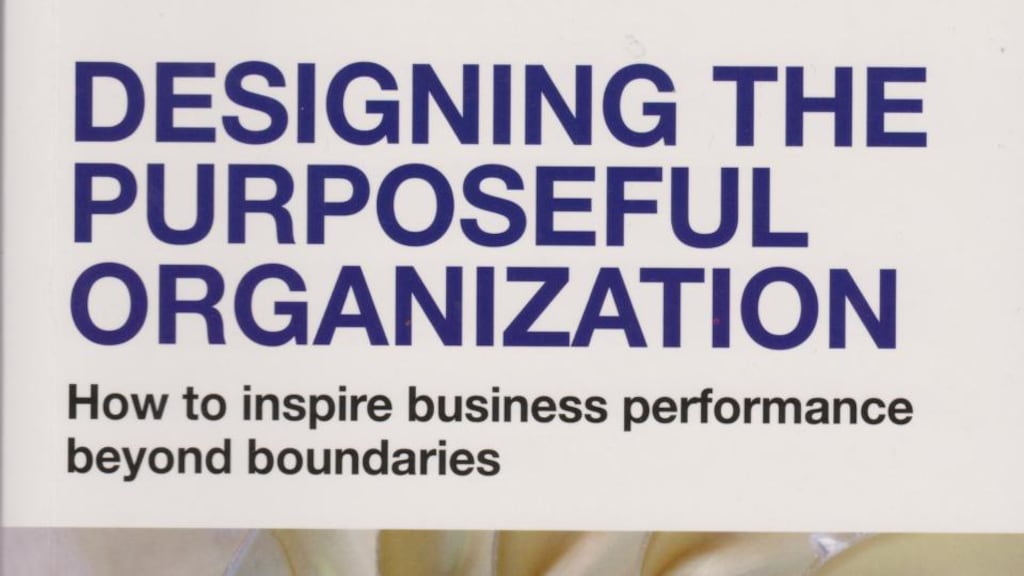The pressure on organisations to deliver growth and achieve financial targets has its price. While short-term objectives may be met, they are often done so at the expense of damaging the fabric and long-term health of an organisation. Burnout, lack of engagement, underperformance and the departure of talent are all consequences of organisations defining themselves around narrow objectives, such as simple financial return on investment.
By contrast, organisations that are purposeful, with all of their key stakeholders buying into their objectives, stand a greater chance of finding sustainable success.
That's certainly the message, anyway, in this book by Clive Wilson, a director at Primeast, a UK-based consultancy that works with the management teams of global firms in the areas of leadership and teamwork.
He lists eight conditions for a purposeful organisation: purpose, vision, engagement, structure, character, results, success and talent. Purpose, as defined here, is not passive but framed as “the organisation’s very reason for existence, inspiring resolve and determination from its people”.
Being purposeful is not merely a nice-to-have quality that wins organisations plaudits in best-companies-to-work-for awards. Rather, it requires a dynamic, inspiring, energetic, organic structure that gets the best out of its people.
Organisations that care about performance care about the people who deliver it, and especially about their health and vitality.
Boundaries
Purposeful organisations need boundaries, but these should be viewed as helpful clarifiers rather than limitations. The analogy to make is with the fences erected around school playgrounds, which allow children to explore all the way to the perimeter. Without them, most children would feel vulnerable and concerned about getting lost, and would stick close to the school buildings.
In the same way, organisations need their people to explore widely within their strategic sphere of influence. Defined boundaries can include geography, sectors, segments, products and services.
Aligning perspectives is not easy, and it is impossible, Wilson acknowledges, to have everyone in complete agreement. Nonetheless, a desirable and realistic situation is one in which all stakeholders have a sense of an organisation’s future that is in line with its corporate strategic direction.
Getting this alignment involves respecting differences and encouraging and facilitating debate among groups such as staff, customers, suppliers, shareholders and community leaders, where appropriate.
It is also important to have granularity. It is relatively simple to agree on short statements that sum up an organisation’s overarching aims.
These need to be backed up, however, with well-understood purposes for everyone involved in the business, and employees should be encouraged to ask purposeful questions.
People who care about their work ask questions when they don’t understand the purpose of something, and this curiosity often leads to improvement, Wilson believes. The ultimate aim of everyone in an organisation is to be connected to the purpose of what they do, at a headline level and at a granular level. Employees should be able to see how what they do contributes to the purpose of a company as a whole.
Sharing visions is crucial, and the methods used to do this can make a critical difference. One technique Wilson has used involved persuading the chief executive of an organisation not to stand but rather to sit in an old leather armchair, sharing his thoughts in a fireside-style presentation. It moved the audience to tears, apparently. According to Wilson, “when hearts are engaged in this way, distractions begin to fade away, creating a trance-like calmness in the room from which the facilitator can launch the rest of the training programme”.
Practical
The second half of the book is especially practical, with numerous examples of strategies and techniques that can be used, as well as a wide variety of case studies, further reading suggestions and checklists and questionnaires to meet the learning preferences of different types of reader. It should be of particular interest to chief executives, human-resources workers, and others tasked with organisational transformation programmes.

